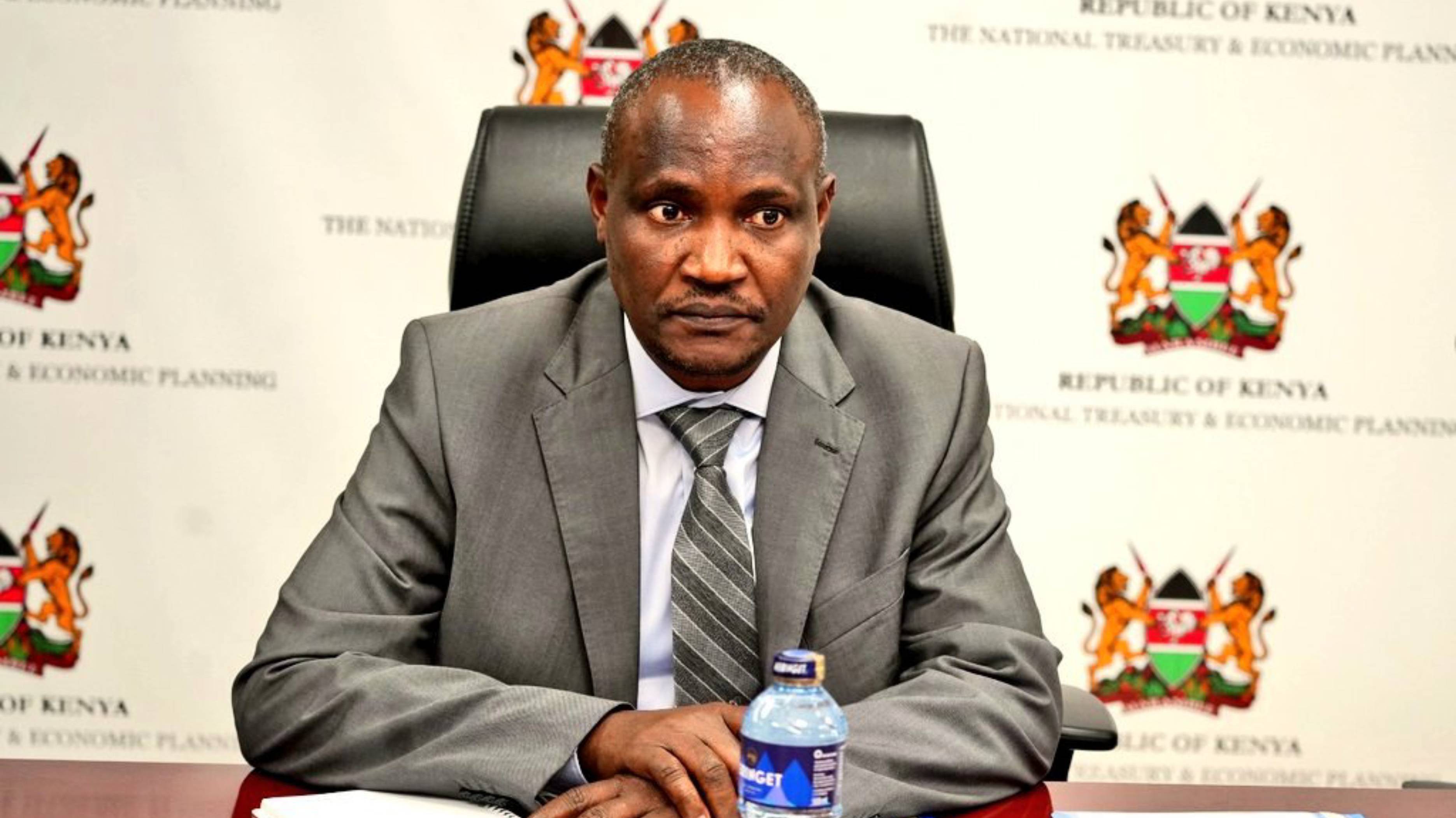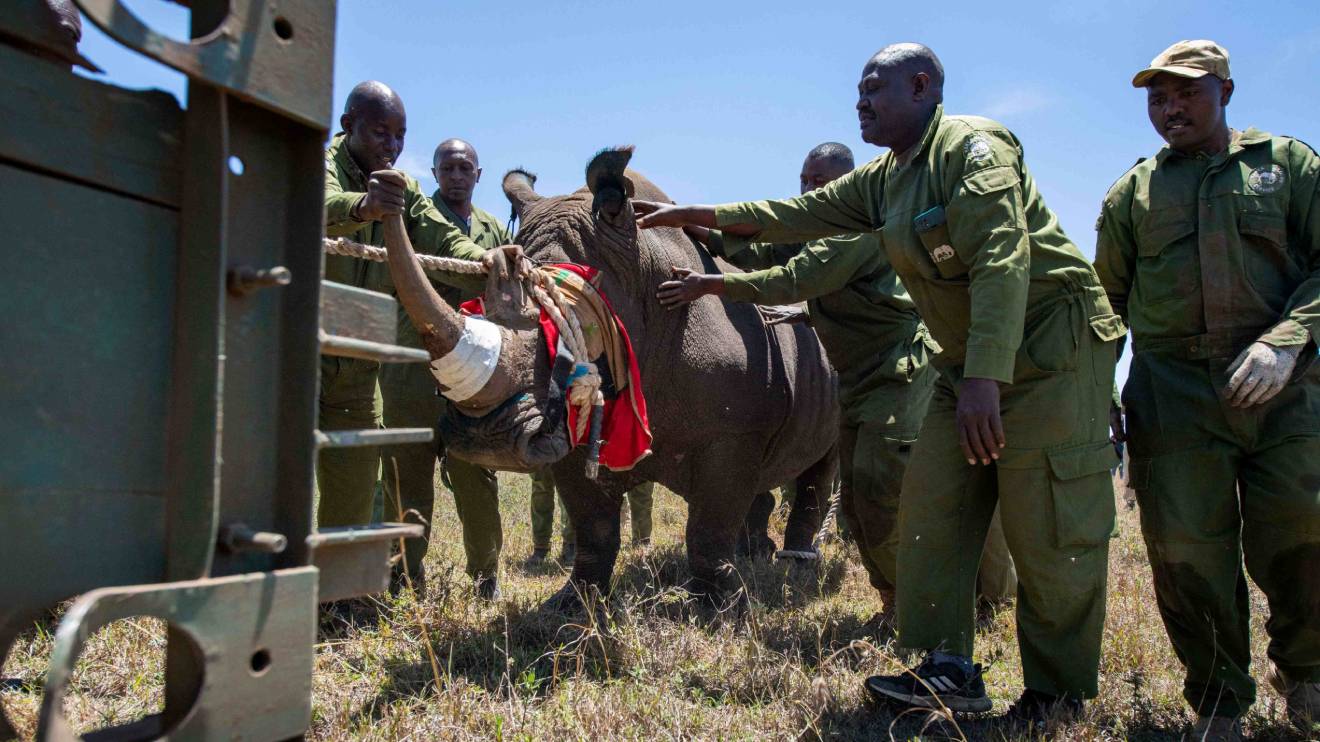Kenya’s annual inflation rate rose to 4.5 per cent in August 2025, according to the latest Consumer Price Index (CPI) figures released by the Kenya National Bureau of Statistics (KNBS) on Tuesday.
The increase was largely driven by higher costs in food and non-alcoholic beverages, transport, and housing, water, electricity, gas, and other fuels, which together make up more than half of household spending.
KNBS reported that the CPI increased from 145.74 in July 2025 to 146.21 in August 2025, reflecting a month-on-month inflation rate of 0.3 per cent.
“Annual consumer price inflation as measured by the Consumer Price Index (CPI) was 4.5 per cent in August 2025. This implies that the general price level was 4.5 per cent higher in August 2025 than it was in August 2024,” the bureau noted.
The food basket alone recorded a steep 8.3 per cent increase compared to last year, with notable price swings across common household items.
Read More
Prices of fresh unpacketed cow milk, fortified maize flour, sifted maize flour, beans, loose maize grain, and oranges declined slightly.
However, vegetables saw a sharp rise, with cabbages up by 6.3 per cent, carrots by 2.4 per cent, sukuma wiki by 1.9 per cent, and tomatoes by 1.2 per cent.
Onions and wheat flour prices also went up by 0.9 per cent each, while potatoes increased by 0.7 per cent.
Transport costs showed a mixed trend. Petrol prices dropped by 0.5 per cent while diesel prices remained unchanged.
Despite this, passenger transport costs rose steeply, with KNBS recording that “the country bus/matatu fare for the Mombasa to Nairobi route recorded a sharp increase of 15.4 per cent.”
Local fares were also affected, with tuk-tuk charges rising by 1.5 per cent.
Electricity charges eased, providing some relief to households.
The cost of 50kWh fell by 2.3 per cent, from Sh1,288.82 in July to Sh1,259.65 in August, while 200kWh dropped by 2.1 per cent, from Sh5,656.22 to Sh5,539.54.
Kerosene prices also declined by 0.6 per cent. Still, single-room house rents inched up by 0.1 per cent and gas/LPG prices rose by 0.4 per cent.
Other sectors recorded moderate changes. Alcoholic beverages, tobacco, and narcotics rose by 3.4 per cent over the year, while clothing and footwear rose by 3.3 per cent.
Health costs increased by 3.3 per cent, education by 2.4 per cent, restaurants and accommodation by 2.8 per cent, and personal care items by 3.3 per cent.
Insurance and financial services posted a marginal rise of 0.9 per cent.
Core inflation, which excludes volatile items such as unprocessed foods and energy, stood at 3.0 per cent in August, down from 3.1 per cent in July.
Non-core inflation, which includes food and fuel, surged to 9.2 per cent. KNBS indicated that core inflation contributed 2.8 points, while non-core contributed 1.7 points to the overall 4.5 per cent inflation rate.
In its breakdown, KNBS explained that “Food and non-alcoholic beverages contributed 2.7 points to the overall inflation.”
Transport contributed 0.4 points, while the remainder was shared across other divisions including housing, personal care, and restaurants.
The report concludes that Kenya’s inflation dynamics in August were shaped mainly by the food and transport sectors, with electricity price cuts offering some cushion to households.
However, the persistent rise in essential food prices and transport fares continues to exert pressure on consumers across urban centres.






-1755100273.jpeg)


